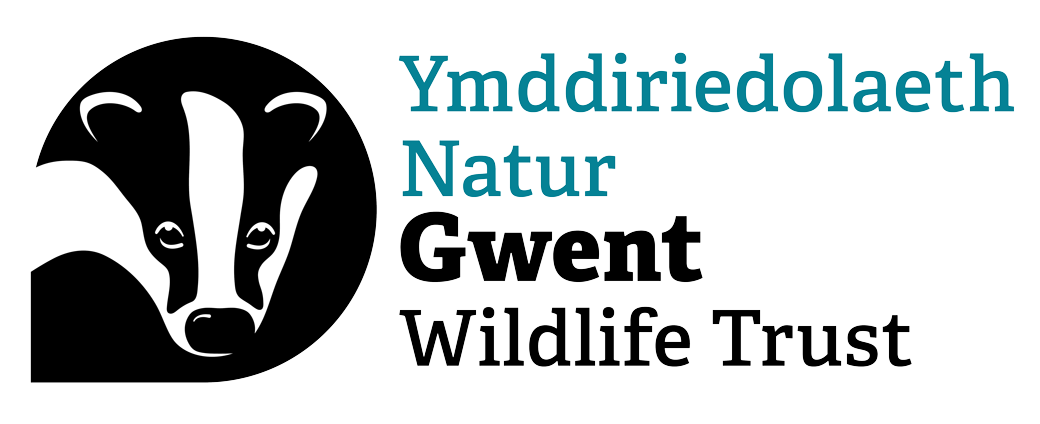A new report from The Wildlife Trusts, The National Water Vole Database Project Report, published on December 23rd identifies continued declines in Water Vole populations set against heartening increases in areas where conservation efforts have been focused.
The Gwent Levels is one of those regions where Water Vole are thriving, thanks to over a decade’s work led by Gwent Wildlife Trust (GWT) to bring back Britain’s favourite mammal, characterised by Ratty in The Wind in the Willows. With funding for a new Water Vole Reintroduction Feasibility Study received from the Welsh Government and the National Lottery Heritage Fund through the Nature Networks Fund, Gwent Wildlife Trust aim to give Welsh Water Voles a further, much-needed boost over the coming years.
The national report examines Water Vole distribution over ten years by analysing the number of 10km grid squares across the country where Water Voles are present. Statistics show overall Water Vole range declining – a 39% decrease in the number of areas occupied by Water Voles compared to the 2006 baseline.
However, when the data is examined more closely encouraging trends emerge. The Wildlife Trusts’ project also looks at the concentration of Water Voles and has found that whilst the national picture is one of overall decline, some important local pockets of Water Vole populations have been increasing, with several new Regional Key Areas (RKA) identified in recent years.
Following the success of GWT’s Water Vole reintroduction at Magor Marsh Nature Reserve in 2012, the area has grown to be recognised as a Regional Key Area (RKA), one of only three in Wales and the only one in the South Wales region. Gwent Wildlife Trust’s Water Vole project officer, Kevin Donovan said: “It’s reassuring to see that the Gwent RKA was maintained in size across the last two reporting periods, suggesting that this is now a robust, established population which should better withstand any future change.”
The larger a population, the more stable and likely to persist, and so GWT’s vision is to further grow the Water Vole population and to spread into all suitable habitat across Gwent. To achieve this, their new Water Vole Reintroduction Feasibility Study (2024-2025) is focussing on the Wentlooge Level – the western side of the Gwent Levels (between the River Usk and Cardiff). This area is considered a priority due to its proximity to the existing Water Vole population and availability of suitable wet ditch habitats. The study will survey for the presence of Water Vole and American Mink (a non-native, invasive species which predates Water Vole), assess habitat conditions, connectivity, and ultimately, assess whether it is feasible (or necessary) to reintroduce Water Voles there.
Little is known about the state of Water Voles on this side of the Levels - whether there are any surviving remnant colonies, or if the eastern population has already started to spread across the River Usk at Newport. Gwent Wildlife Trust cannot answer these questions alone, so a major part of the project involves participation from residents, volunteers and local landowners in helping to assess the situation. Gwent Wildlife Trust are keen to hear from landowners on the Gwent Levels who would be happy to permit access to their land for surveys. They also want to hear from anyone who would be interested in managing their land to benefit Water Voles and other wildlife. Volunteers are being recruited and trained to help carry out Water Vole and American Mink surveys on the Gwent Levels.




